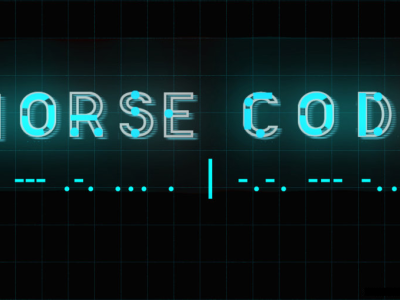Morse Code Symbol Classification

- Submission Dates:
-
to
- Citation Author(s):
-
Keith Chugg (University of Southern California)Peter Beerel (University of Southern California)
- Submitted by:
- Sourya Dey
- Last updated:
- DOI:
- 10.21227/mam3-kp03
- Data Format:
- Links:
- Categories:
- Keywords:
Abstract
Instructions:
DATASET: https://github.com/souryadey/morse-dataset/blob/master/difficult.npz
SCRIPT: https://github.com/souryadey/morse-dataset/blob/master/load_data.py
The dataset used in this competition has 320k training samples, 64k validation samples, and 64k test samples. These are provided in difficult.npz, with keys titled xtr, ytr, xva, yva, xte, yte, i.e. input x and output y data for training, validation and test. Each input sample has 64 numerical features. (These represent a single Morse symbol which has leading and trailing spaces and added noise to confuse spaces with dots and dashes. Dash length is between 3-9 features, while dots and spaces are between 1-3 features.) Each output sample is one-hot encoded between 1 out of 64 classes. Requires Python and numpy.
The evaluation metric is classification accuracy. To make a submission, provide a Python script titled main.py which accepts 1 argument – XTE_FINAL. This will be of exactly the same format and size as xte, i.e. numpy array of size (64000,64). We will run your script as follows:
>>> main.py(XTE_FINAL)
Your code must output an array of predictions of size 64000, each element being a whole number between 0-63 denoting output label. We will compare this with our own test labels and the resulting accuracy will be your score.
A script is provided to extract the data from the npz file. For more details on dataset generation, refer to the Github repository morse-dataset: https://github.com/souryadey/morse-dataset, and the award-winning research paper 'Morse Code Datasets for Machine Learning': https://ieeexplore.ieee.org/document/8494011
Good luck!



